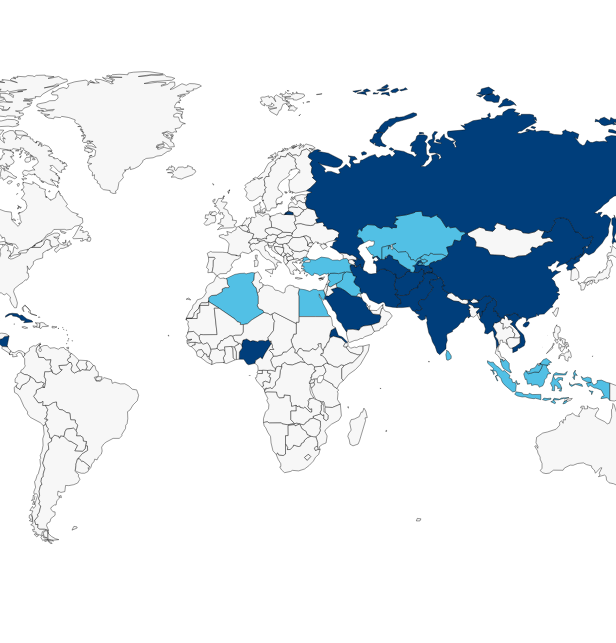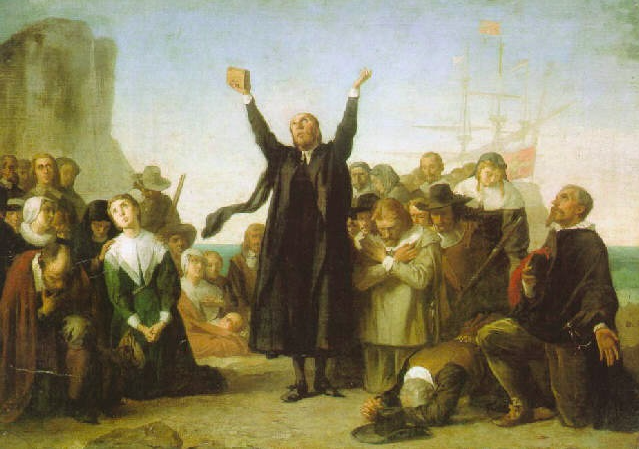RFI co-founder and senior fellow, Byron Johnson, co-authored an article with Joshua Hays, Research Fellow for Baylor University’s Institute for Studies of Religion, that was recently published in the Baptist Standard. Hays and Johnson point out the many public health benefits religious congregations provide to their communities, and they want religious leaders, and the public health officials to whom they look for guidance, to take those benefits into account as they decide when and how congregations should reconvene.
Hays and Johnson note that public health officials urge Americans to “trust the science,” but then they often ignore key scientific studies that highlight the benefits religious services provide to the faithful, and the broader community, when determining which services should be deemed “essential.”
What benefits are these public health officials failing to recognize? Hays and Johnson write:
These benefits include greater longevity and reported well-being; less depression, suicide, smoking and substance abuse; better cancer and cardiovascular disease survival; lower divorce rates; greater social support, meaning, and purpose in life; and more charitable giving, civic engagement and human flourishing… Further, faith also can help people moderate their subjective well-being during times of economic booms as well as busts.
Hays and Johnson go on to observe that many epidemiologists appear to align with these public health officials in their view that restarting religious services should be a low priority. They, too, appear to be missing important elements of the overall picture:
While the headline touts “when 511 epidemiologists expect [to resume] everyday activities,” nestled within the table lies acknowledgement that only 220 epidemiologists responded to the religious service query, a response rate far lower than any other item. [Additionally], the 43 percent of respondents who plan to defer religious attendance for a year or more works out to only 95 people. That same 95 represent less than 19 percent of total survey respondents and a scant 1.5 percent of the approximately 6,000 invited to participate. This data doesn’t invalidate the perspectives of those who did respond, but it should contextualize them.
Hays and Johnson acknowledge that gathering for religious services is not a panacea for all challenges. They do, however, urge public health officials and religious leaders (and everyone else) to recognize that “Assembly for worship is an essential practice for religious believers, but even for those who do not share their faith, religious congregations provide a multitude o
f empirically documented benefits to their communities, including positive health influences.”
Read the full article: Are houses of worship essential? A look at the science.
THE RFI BLOG

Myths of Religious Nationalism in America and Abroad

France’s Olympic Hijab Ban Violates International Law And Exacerbates Tensions

RFI Briefs USCIRF on Lessons from 25 Years of U.S. Designating Religious Freedom Violators

Thought Police: Protecting the People from Prayer

A Religious “Delaware”: Establishing a State Haven for Religious Corporations
CORNERSTONE FORUM

Challenges to Religious Freedom in Iraq and the Critical Need for Action

Public Bioethics & the Failure of Expressive Individualism

Religious Liberty in American Higher Education

Scotland’s Kate Forbes and the March of Secularism

